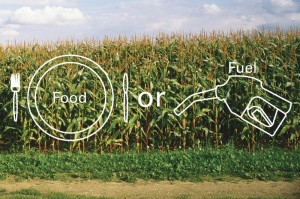When compared to a variety of other energy sources, second generation biofuels maintain a plethora of intriguing benefits.
1. Second generation biofuels include many items which can be grown on marginally-used lands, and thus the issue of questionable land use may be reduced greatly. Pre-existing spaces such as agricultural buffer zones are easily convertible to sites of growth. For instance, the jatropha bush pictured below is a commonplace second-generation source, and it can be grown on traditionally non-fertile/agriculturally-oriented lands.

2. The second generation possesses substantially lower greenhouse gas emissions, especially when compared to fossil fuels such as petroleum.
3. Again in comparison to fossil fuels, second generation biofuels enjoy a status as RENEWABLE. That is, sources such as jatropha plants and perennial grasses have a greater potential for sustainable production than nonrenewables such as coal, natural gas, and oil.

4. Second generation biofuels are greatly usable in internal combustion engines.
5. Given the wealth of land area in the United States upon which these types of grasses and flowers might be grown, an increased role of second generation biofuels has the potential of lowering American dependence on foreign energy. Our dependence on said energy comes with a host of negative economic and political implications.
6. Second generation biofuels would be implemented mainly in the transportation sector, which will undoubtedly experience increased demand in the near future.

7. Perhaps most significantly, second generation biofuels derive, by definition, from NON-FOOD sources. Therefore, no direct competition exists with food. The “Food vs. Fuel” debate is perhaps the cornerstone of the biofuel-dissenter’s argument, and the second generation provides an answer regarding the avoidance of such a dilemma.

(Composed by Robert King, edited by Eli Karp)
References
Labrie, Marie-Helen. “Gasification Technologies: Making Second Generation Biofuels a Reality.” Biomass Magazine. BBI International, 2015. Web. 20 Apr. 2015.
Patterson, Bob. “Competing Global Resources: Food vs. Fuel.” North Carolina State University. PDF. Nov. 2011.
“Second Generation Biofuels.” N.p., n.d. Web. 16 Apr. 2015.
